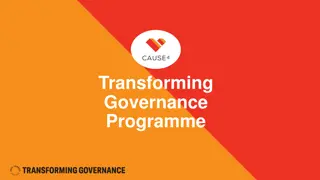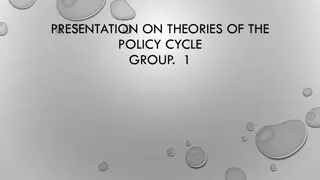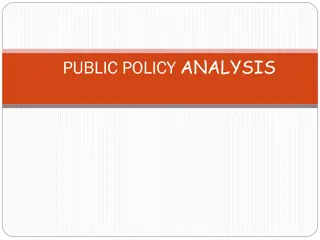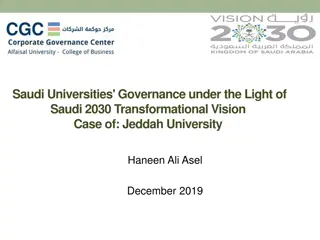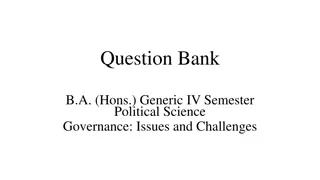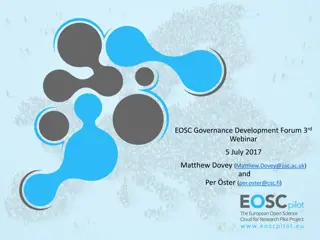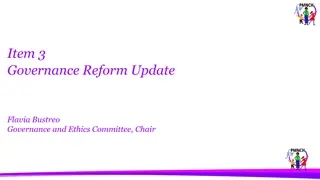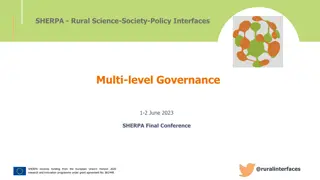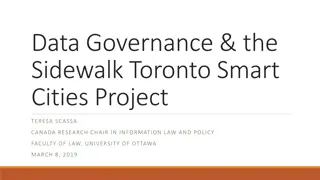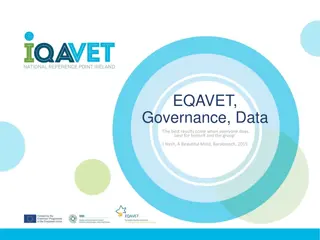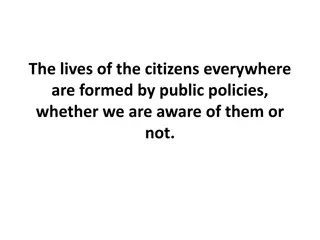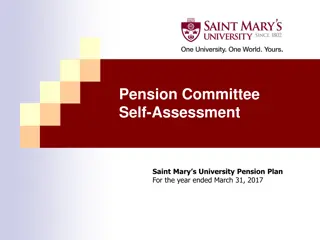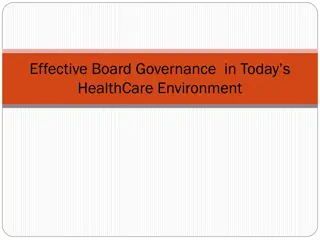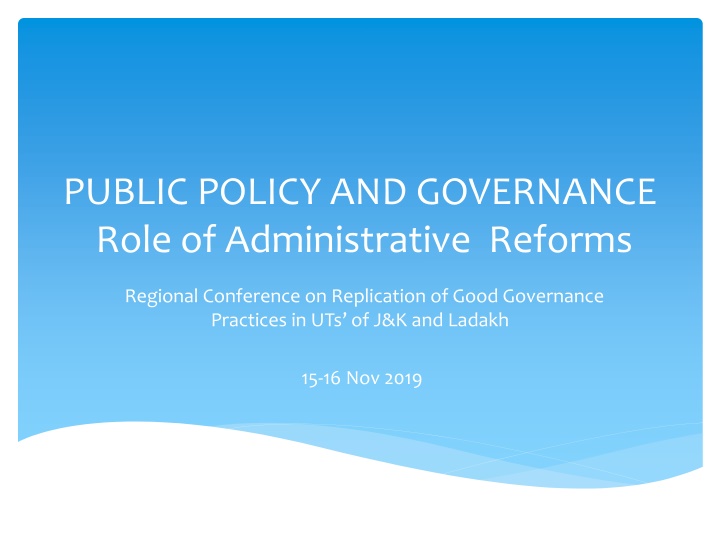
Enhancing Public Policy and Governance through Administrative Reforms
This comprehensive article discusses the crucial role of administrative reforms in achieving good governance, highlighting the key measures suggested by the 2nd Administrative Reforms Commission. It emphasizes the importance of refurbishing personnel administration, ethics in governance, and promoting citizen-centric administration for effective public policy outcomes.
Download Presentation

Please find below an Image/Link to download the presentation.
The content on the website is provided AS IS for your information and personal use only. It may not be sold, licensed, or shared on other websites without obtaining consent from the author. If you encounter any issues during the download, it is possible that the publisher has removed the file from their server.
You are allowed to download the files provided on this website for personal or commercial use, subject to the condition that they are used lawfully. All files are the property of their respective owners.
The content on the website is provided AS IS for your information and personal use only. It may not be sold, licensed, or shared on other websites without obtaining consent from the author.
E N D
Presentation Transcript
PUBLIC POLICY AND GOVERNANCE Role of Administrative Reforms Regional Conference on Replication of Good Governance Practices in UTs of J&K and Ladakh 15-16 Nov 2019
Public Policy A Complex process Identifying challenges Strategic thinking Evaluation Implemen tation Policy options Defining partners and responsibi lities Dynamic process constantly reshaped, modified, changed as per demand
Factors influencing Public Policies Technological changes Social and economic factors Environmental factors Demographic Changes Public opinion and pressure groups
Goal of Public Policy- Good governance Accountability Rule of Law Transparency Responsiveness Equity and Inclusiveness Effectiveness and Efficiency Growth & Sustainability
Administrative reforms- Critical for Good Governance 2nd ARC suggested the following key measures to achieve a proactive, responsive, accountable, and efficient administration : Refurbishing of Personnel Administration Strengthening of Financial Management Systems Ethics in governance Effective administration at the State level Effective District Administration Local Self-Government/Panchayati Raj Institutions Social Capital, Trust and Participative public service delivery Citizen-centric administration Promoting e-governance
Refurbishing personnel administration Civil service should be fully accountable to the community, reflect the hopes and aspirations of the citizens be responsive to democratic ethos Robust recruitment system aligned to the new requirements of governance Career progression and good service conditions Training to the personnel at at all levels of Adminisration Lateral entry of experts in senior positions wherever required
Ethics in governance Building trust and confidence Procedures , process/regulations that could breed corruption shall be eliminated Time-bound conclusion of enquiries and convictions in corruption cases Those who vested with powers shall be made accountable Unbiased and powerful Institutional mechanism CVC, CBI, Lokpal, Lokayukta etc
Strengthening Financial Management System Reforms in the financial management system are an integral part of the reforms in governance Financial management system encompasses resource mobilization, prioritization of governmental efforts, resource allocation, formulation of detailed plans etc.
Strengthening Financial Management System Budget estimates shall be realistic. Internal capacity for making realistic estimates needs to be developed. Timely release of funds At the end of each year the reasons for the gap between the estimates and actuals must be ascertained and efforts made to minimize them. Electronic system of fund flow to give real time data on expenditure Robust audit mechanism by Internal and CAG
State and District administration Surveys and measurements need to be carried out in a mission mode Utilizing modern technology to arrive at a correct picture of land holdings and land parcels and rectification of outdated maps. Updating land records and ensures that all future transactions in titles are immediately reflected in the land records
Use of Technology in Governance The most critical factor to bring paradigm shift in governance Data driven policy making Enables direct communication with end users Faster means to resolve grievances Transparent and accountable administration
e- Governance Dig locker: A citizen can download his personal authentic documents any time from anywhere at his convenience Apply online for services as birth certificate , passport etc Make payments online for government services Smart Secretariat- E office Smart Cities- Integrating information ICT to optimize the efficiency of city operations and services to make cities citized friendly.
Citizen Centric Responsive Governance Citizen shall be at the center of policy making System of feedback from public and continuous assessment of policies based on public the feedback Appropriate platform where citizens can interact with the government Grievances redressal systems

